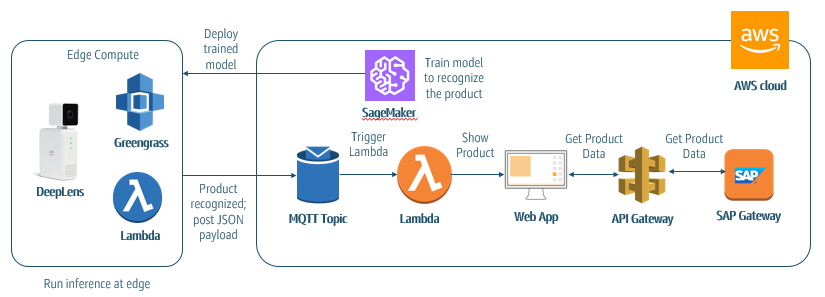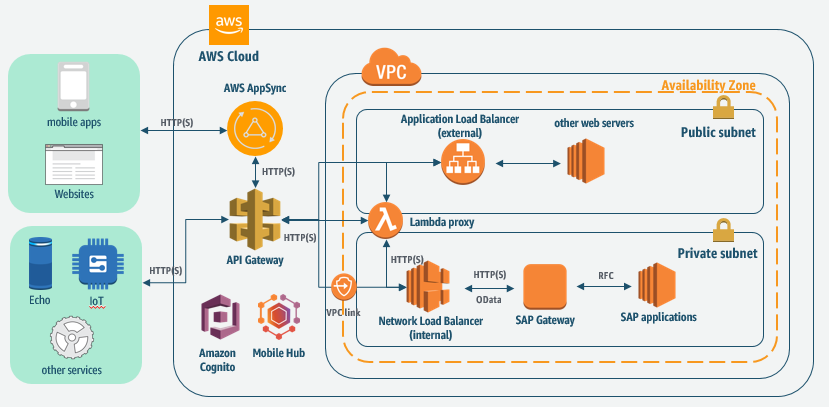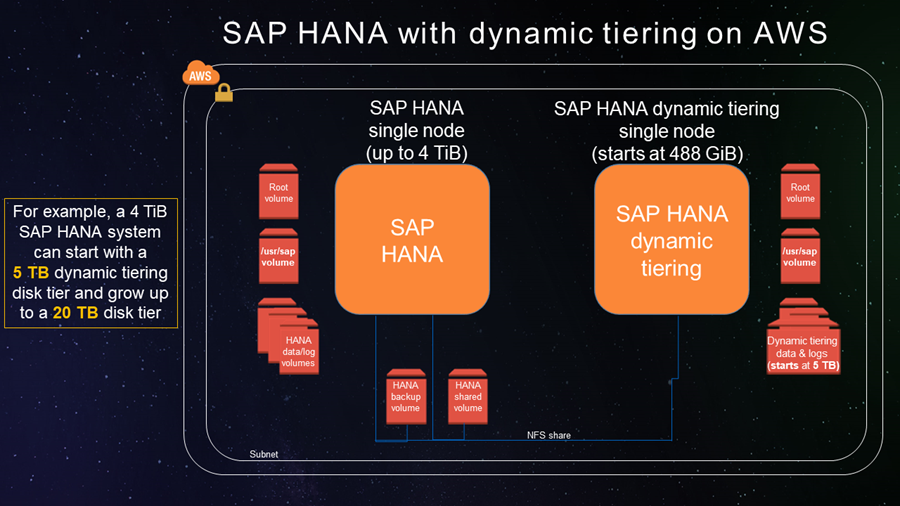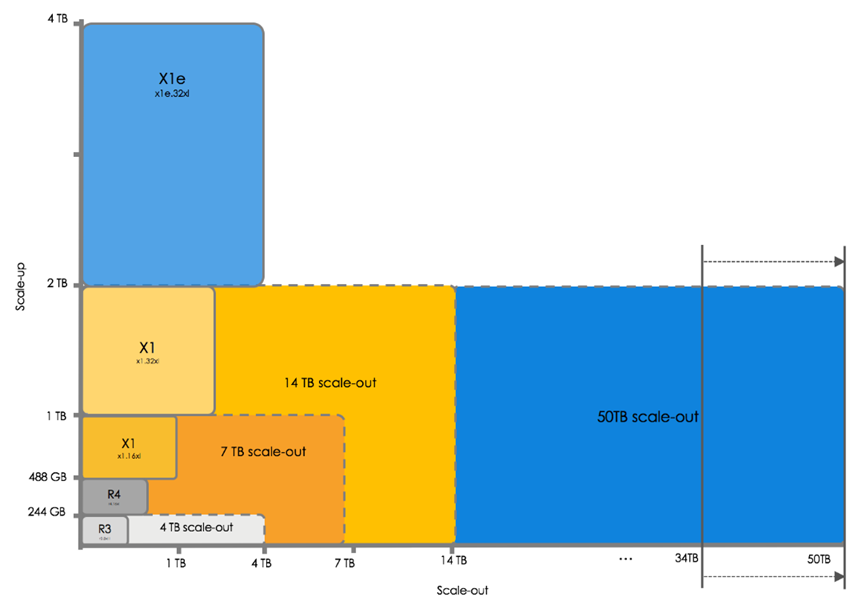AWS for SAP
Beyond infrastructure: How to approach business transformation at startup speed
A quick overview of of AWS services that support SAP business transformations: Big data & analytics, IoT, Apps & APIs, and DevOps. Plus a list of AWS demos at SAPPHIRE NOW.
Deploy APIs for SAP Using Amazon API Gateway
Highlights the importance of an API management platform and discusses best practices and a reference architecture for using Amazon API Gateway to deploy highly scalable and secure APIs for SAP.
Migrating SAP Workloads to the AWS Cloud with AWS SMS
Discusses how you can use AWS SMS to migrate your SAP workloads to the AWS Cloud and reduce the downtime required for migration.
Deploy SAP NetWeaver on the AWS Cloud with Quick Start
Introduces the SAP NetWeaver Quick Start, which automatically deploys SAP NetWeaver Application Server (AS) for Advanced Business Application Programming (ABAP), which supports the development of ABAP-based applications for SAP HANA databases.
SAP HANA Dynamic Tiering – Now Validated and Supported on the AWS Cloud
Discusses support for SAP HANA dynamic tiering, its benefits, and scaling options on AWS.
Amazon Aurora Database Now Certified for SAP Hybris Commerce
Discusses the certification of Amazon Aurora for SAP Hybris Commerce, and the benefits offered by Amazon Aurora for SAP customers.
New SAP Certifications for AWS Instances and World Record Benchmark Results
Provides a timeline of X1-related news to date, and announces SAP extended certification for SAP HANA scale-out clusters on X1 instances, and SAP certification of World Record results for the SAP Business Warehouse (BW) Edition for SAP HANA Standard Application Benchmark version 2 executed in the cloud deployment type.
VPC Subnet Zoning Patterns for SAP on AWS, Part 3: Internal and External Access
Discusses access patterns for SAP applications that require access to and from both internal and external sources. Access from external sources may be controlled (they may involve known external parties) or uncontrolled (they may be publicly accessible)—this post covers both scenarios. This is the third post in the series on VPC subnet zoning patterns.
How on-premises users can access a SUSE HAE-protected SAP HANA instance through Amazon Route 53
Describes the Amazon Route 53 agent, which enables on-premises users to access an SAP HANA database that is protected by SUSE Linux Enterprise High Availability Extension (SLES HAE) in the AWS Cloud. The agent provides this functionality by dispatching users through Amazon Route 53.
itelligence and AWS collaborate to bring value to SAP customers
Describes how the collaboration between itelligence and AWS enables customers to attain the benefits of the AWS Cloud (like elasticity, resiliency, security and global scale) in combination with the SAP implementation and operational expertise provided by itelligence.









